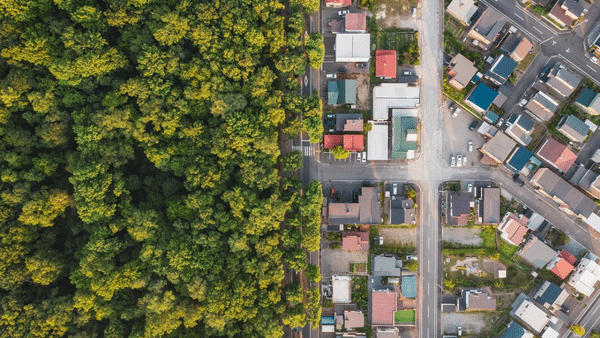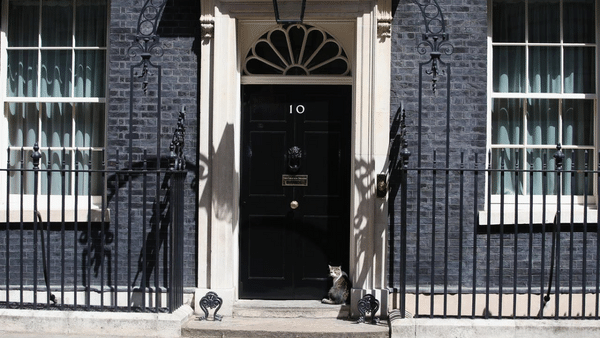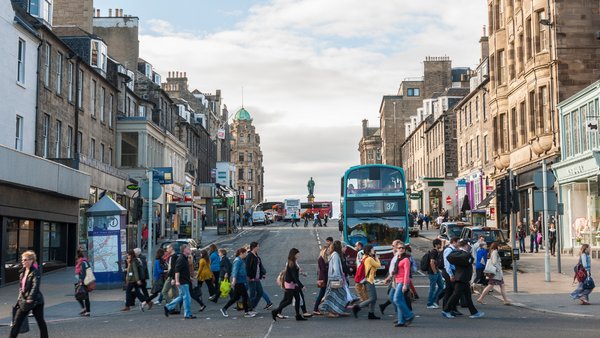Who benefits and how do we know? This is a question which has been thrown into the spotlight with the commentary on the recent Comprehensive Spending Review (CSR).
Who benefits and how do we know? This is a question which has been thrown into the spotlight with the commentary on the recent Comprehensive Spending Review (CSR).
Many of the newspapers ran stories claiming that the Institute of Fiscal Studies (IFS) had called the CSR “unfair” (fairness being the word of the moment). This in turn led to Nick Clegg defending the government’s own analysis on the impact of the CSR.
These competing interpretations of the impact of the CSR have all attempted, in various ways, to assess which groups benefit or lose out most by the changes introduced. This naturally leads to the question of who benefits from public services and how we know.
The IFS make their case in slide 8, reproduced here;
- Value of service is not equal to cost
– Questionable, but probably the only feasible starting point
– Treasury acknowledges this clearly
- Issue does not arise with cash benefits (£1 = £1)
- Sensible measure of value is “willingness to pay”:
- Best approach is perhaps to assess distributional impact under a variety of (equally sensible) assumptions on value to see assess robustness
This is not always a good assumption to make. Initiatives such as the Paxton Green time bank or Southwark Circle support stronger, more resilient communities by creating the conditions whereby new ties can be formed. Equally, there are some who argue that traditional public service delivery has undermined this goal. Looking at the extent that users benefit from these services misses a large part of the picture. It is only through an understanding of people as connected individuals that we can understand the value that public services are providing (or failing to provide).
It is only through an understanding of people as connected individuals that we can understand the value that public services are providing
Presumably the economist would counter that the way to measure these benefits is through the use of the counterfactual (i.e. what would the world have looked like without these services), and I think there is some validity in that approach, but only if the counter factual looks at how social networks would have been different if different decisions were made. Given how unpredictable social networks are this presents quite a challenge, I know I have some ideas on how this could be done, does anyone else?
Related articles
-
Design for Life: six perspectives towards a life-centric mindset
Joanna Choukeir Roberta Iley
Joanna Choukeir and Roberta Iley present the six Design for Life perspectives that define the life-centric approach to our mission-led work.
-
Inventing meaning and purpose: a politics award for our times
Ruth Hannan
Ruth Hannah is inspiring you to submit your creative and courageous political project to the Innovation in Politics Awards 2022.
-
How can we cultivate healthier and happier communities?
Ella Firebrace Riley Thorold
How might we look to our futures and shape what it means to lead healthier and happier lives?



Be the first to write a comment
Comments
Please login to post a comment or reply
Don't have an account? Click here to register.